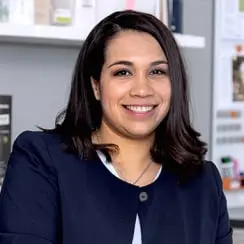 | 1 LU / HSW |
 | 1 LU / HSW |
Call to Action: We encourage attendees to provide as many inclusive play elements as possible at your campuses, no matter your current enrolled stakeholders needs.
Abstract: Play is a hugely important but often overlooked requirement of education. Children learn how to adapt and problem solve through interactive play. Learners kindergarten-age and younger are still physically developing in areas that include proprioception and their vestibular systems. Active play enhances the development of these senses. Active play also has multiple health benefits for students and acts as an outlet for physical and psychological stress. The benefits of active play need to be available to all students. Traditional playground structures often ignore students who are unable to participate in activities that don’t account for different human mobilities. The program is designed to help attendees understand different tactics for creating inclusive play for all stakeholders. Play elements extend beyond the structures created for playgrounds. Participants will learn how the ground surface can create limitless avenues for accessing the playground. During the presentation, they’ll create scenarios for all children to participate in joint play vs parallel play. Implementing universal design is a key element of the most successful play spaces. Various construction elements that may increase the initial costs will extend the lifetime of structures and save money in the end. This program will explain how shade structures extend the warranty, safety, and playtime for students. We’ll also explore the best ways to modify existing playgrounds to incorporate inclusive elements.
Learning Objectives:

Tania is a registered architect in the state of Texas, with a specialization in K12 public education. With over 15 years of experience in the field, she has dedicated her career to designing educational spaces that inspire and foster growth for students and teachers alike. In her current role as Director of Planning and Construction Management for Lewisville ISD, Tania helps to lead the charge in creating innovative learning environments that promote thriving futures.

Corrie is a licensed architect that has spent the last 18 years building K-12 facilities across the state of Texas. She is a Principal with Huckabee Architects in Fort Worth. She has also spent time volunteering with Big Brothers Big Sisters, Future Cities North Texas competition, the NAWIC Educational Foundation, and sits on the board of the Fort Worth Library Foundation.
Design of Educational Facilities
Acts as a resource to the design team in providing ongoing guidance and support to ensure that the emerging and ultimate design aligns with the established community vision, education goals, future programming, written design standards, best/next practices and education policy.